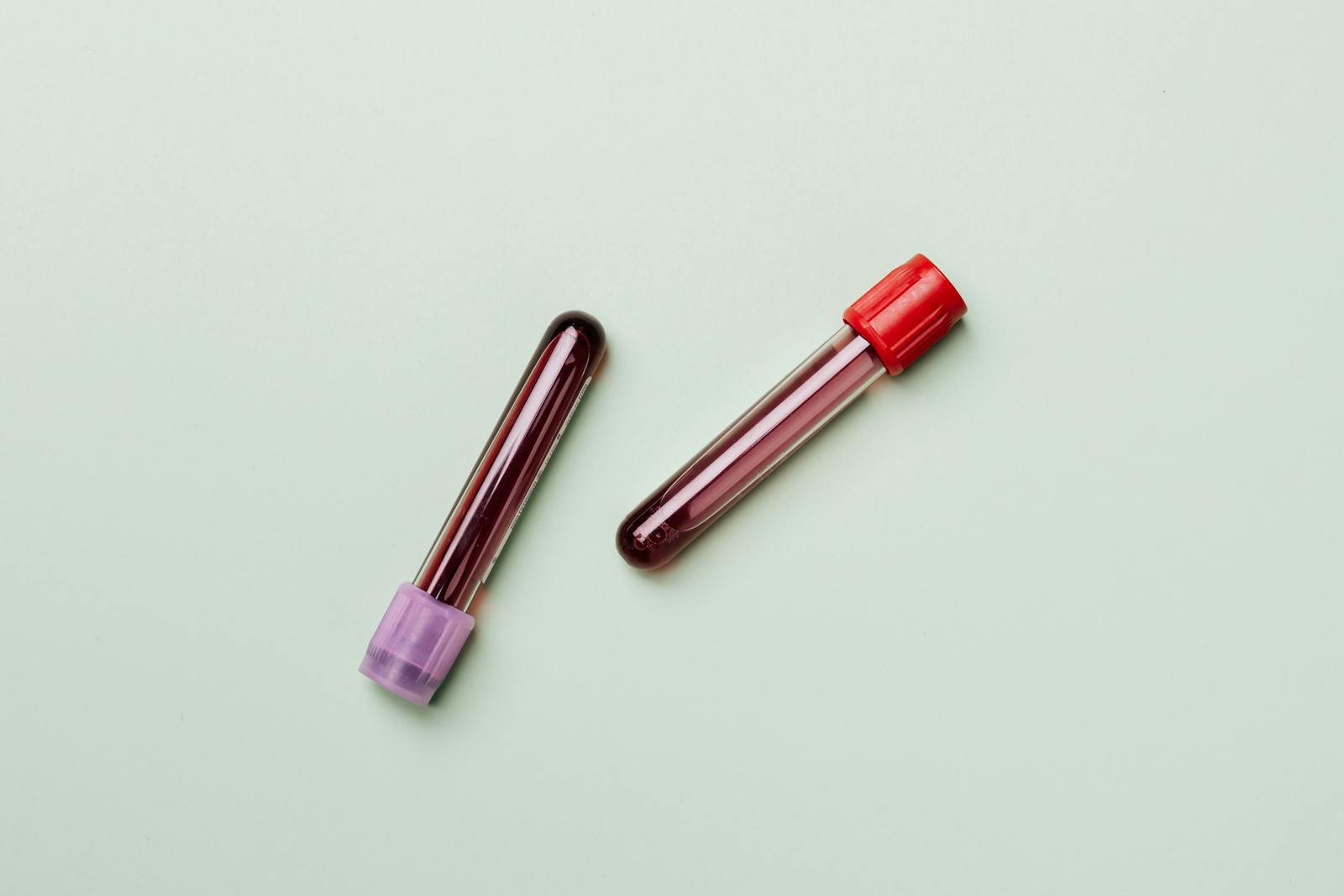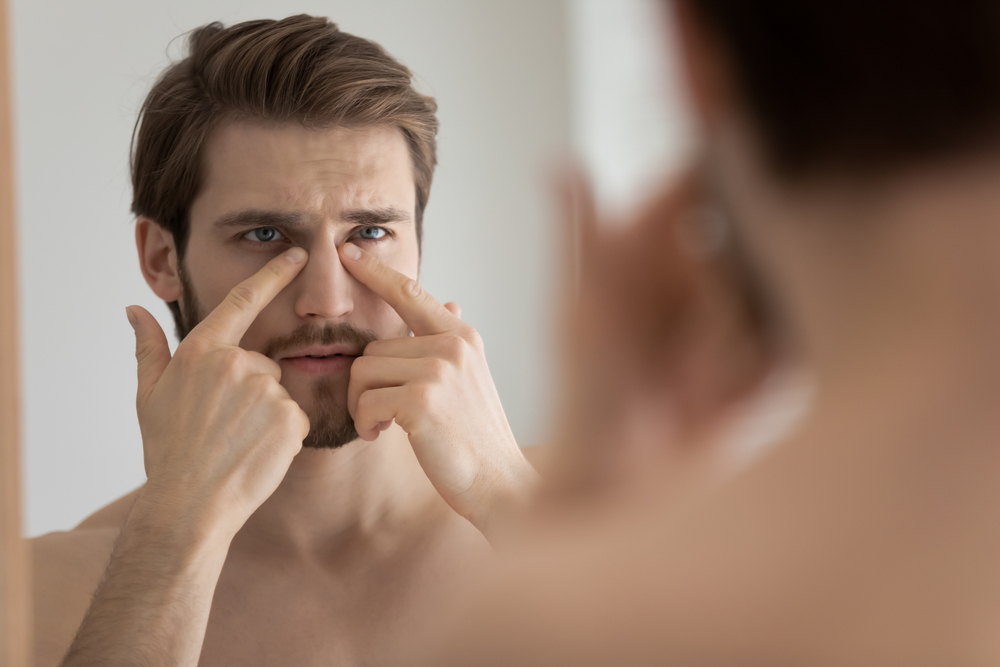Each year, the UK’s longest day arrives around 20 or 21 June, the summer solstice. With up to 17 hours of daylight in parts of the country, this celestial event has long been celebrated as a moment of power, energy and light. While it may not be an immediate association, the summer solstice also holds a fascinating link to the world of beauty and aesthetics.
Light and radiance have always symbolised vitality. In many cultures, the sun was worshipped for its life-giving force and transformative glow. This desire to harness or reflect light has mirrored how societies have viewed beauty, associating brightness with youth, health and spiritual wellbeing.
In ancient Britain, the solstice was marked by ceremonies at Stonehenge, with the rising sun aligning perfectly with the monument’s Heel Stone. It was a moment of reverence, but also of self-presentation. People would paint their bodies, decorate their skin, and adorn themselves with flowers and natural pigments. Though primitive, these rituals were early examples of aesthetic enhancement tied directly to the energy of the sun and the idea of transformation.
Across Europe, solstice festivals often centred around cleansing and renewal. Scandinavian midsummer traditions included washing the face in dew collected at dawn, believed to bring eternal youth. In Slavic countries, young women would wear flower crowns and take part in rituals of beauty and love. The longest day was seen not just as a celebration of light, but of the face we present to the world, quite literally.
These historic echoes still shape how we relate to light and beauty today. The concept of the summer glow is now both a marketing trope and a cultural expectation. The idea that one should look fresher, more vibrant, and naturally radiant in the warmer months connects directly to the symbolism of the solstice. We chase the sun through bronzed skin, dewy makeup and lit-from-within skincare as much as our ancestors danced beneath it.
From an aesthetic perspective, the solstice is a reminder that beauty rituals have always been seasonal. Our skin, like the land, responds to light. The visibility of longer days changes not just how we look, but how we feel we should look. More daylight means more exposure to others, to mirrors, and to the inner sense of visibility that often heightens our awareness of appearance.
While modern treatments have evolved far beyond solstice flower crowns and face dew, the instinct behind them remains unchanged. We seek to glow when the world is brightest. We desire harmony with nature’s rhythm to feel fresh, visible, alive.
So whether we are watching the sunrise at Stonehenge or simply walking home at 9pm with sunlight still on our face, the longest day offers more than an extended evening. It is a chance to reflect on how light has shaped our beauty rituals through centuries. And perhaps, in a world of artificial glow, it is a quiet reminder of something more timeless. Radiance, real or symbolic, begins from within and is always drawn out by light.













